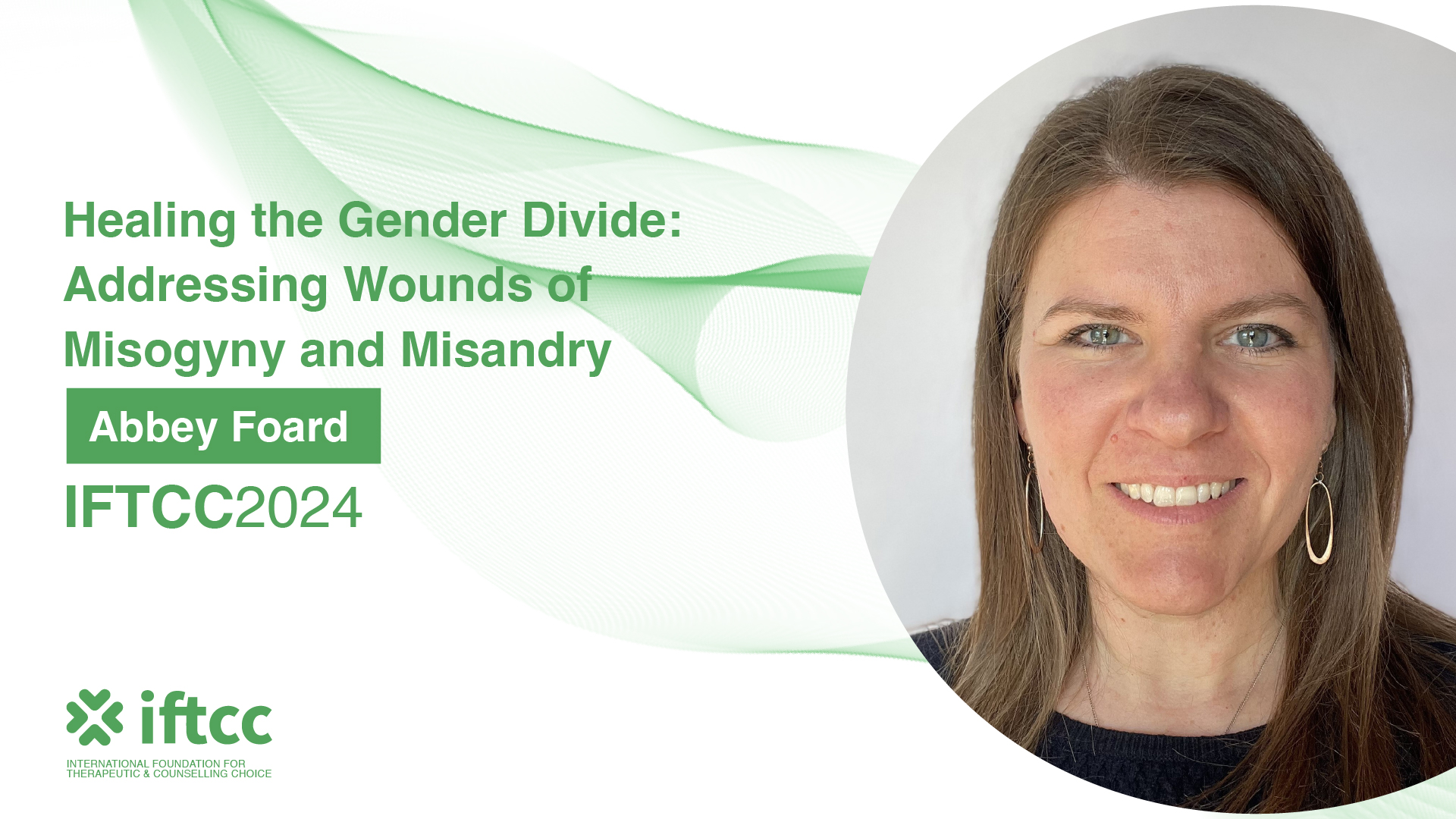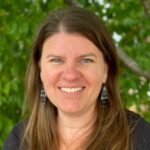
About Course
John Paul II spoke of masculinity and femininity as “two incarnations of the same metaphysical solitude,” “two reciprocally completing ways of ‘being a body’” and “two complementary ways of being conscious of the meaning of the body” (Theology of the Body, 10:1). Understanding this rich biblical anthropology – the mystery of man and woman as different but complementary expressions of one “image” – elevates our bodies and our unique gifts as gendered beings. We’re made to be grounded in the reality of our manhood and womanhood, and to maturely give ourselves as gifts to the other. But we are all a bit stunted. We miss the beauty of complementarity and despise our own gender or that of the other. We are impacted by misogyny (the hatred of woman) and misandry (the hatred of man). But it is not just hatred of one “man” or one “woman.” Instead, we experience a rejection of the very essence of the good of the masculine and feminine in our midst. One seizes power and control, the other pushes back. One abdicates responsibility and commitment, the other is left neglected and exposed to harm. Whether wounded by broken heterosexual relating or struggling somewhere along the LGBTQ+ continuum, none of us is unscathed. In this session we will briefly unpack Christian anthropology surrounding masculine and feminine expressions of the human person, speaking of the interplay between genders and their outworking in modern relationships. Through personal witness and examples, we will consider the great calling in light of continual obfuscation. Following, we will consider current expressions of misogyny and misandry and the array of wounds resulting from each. Essential to healing is an honest examination of the ways that men and women have been wounded, and acknowledge with great charity the real wounds of one another. We will conclude by casting a vision for practical and reasonable goals for moving forward in healthier gender relating. No matter our broken starting points, especially for individuals struggling with LGBTQ+ feelings, our wounds do not have to be our final self-definition.
Course Content
Content
-
Video Lesson
45:44

